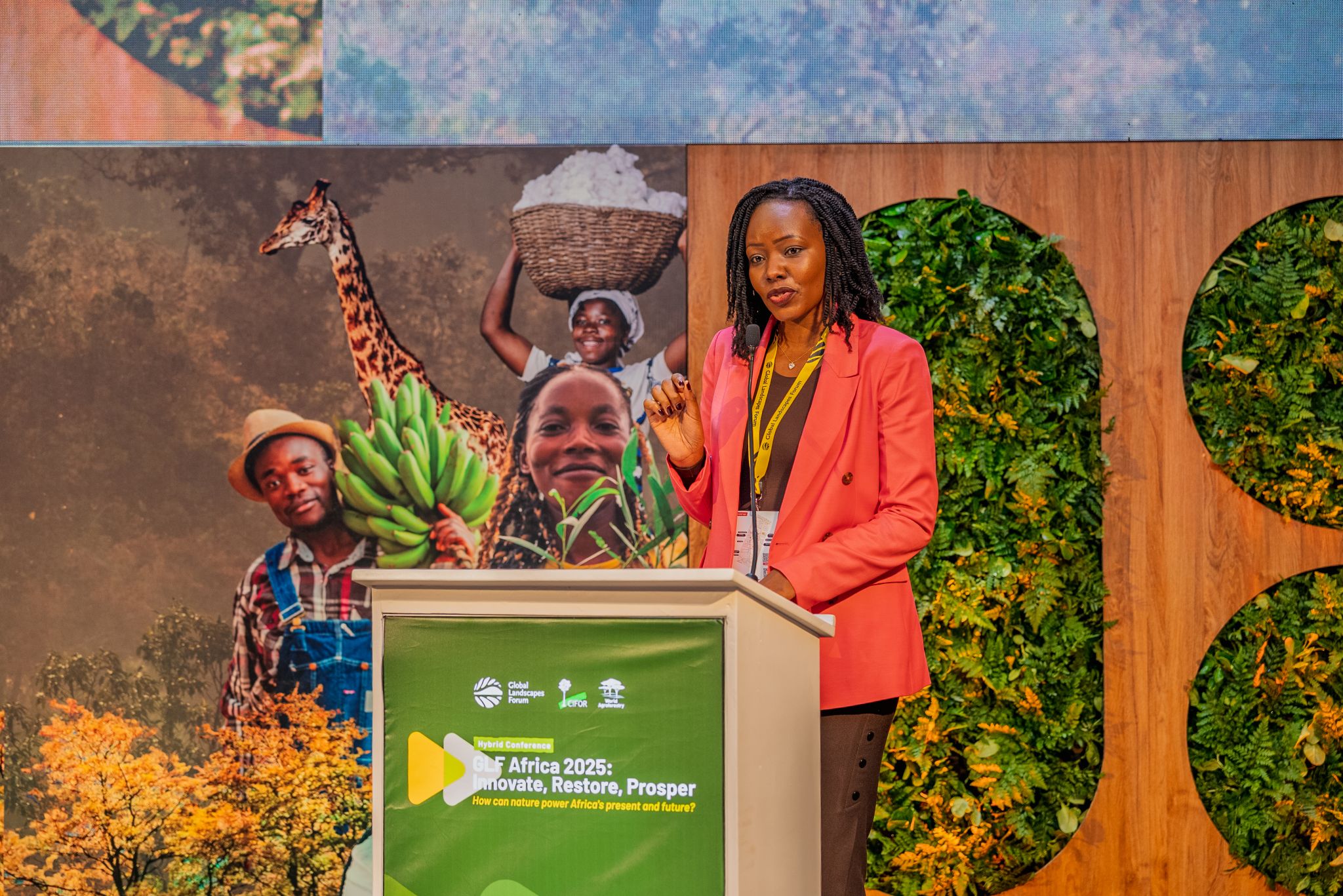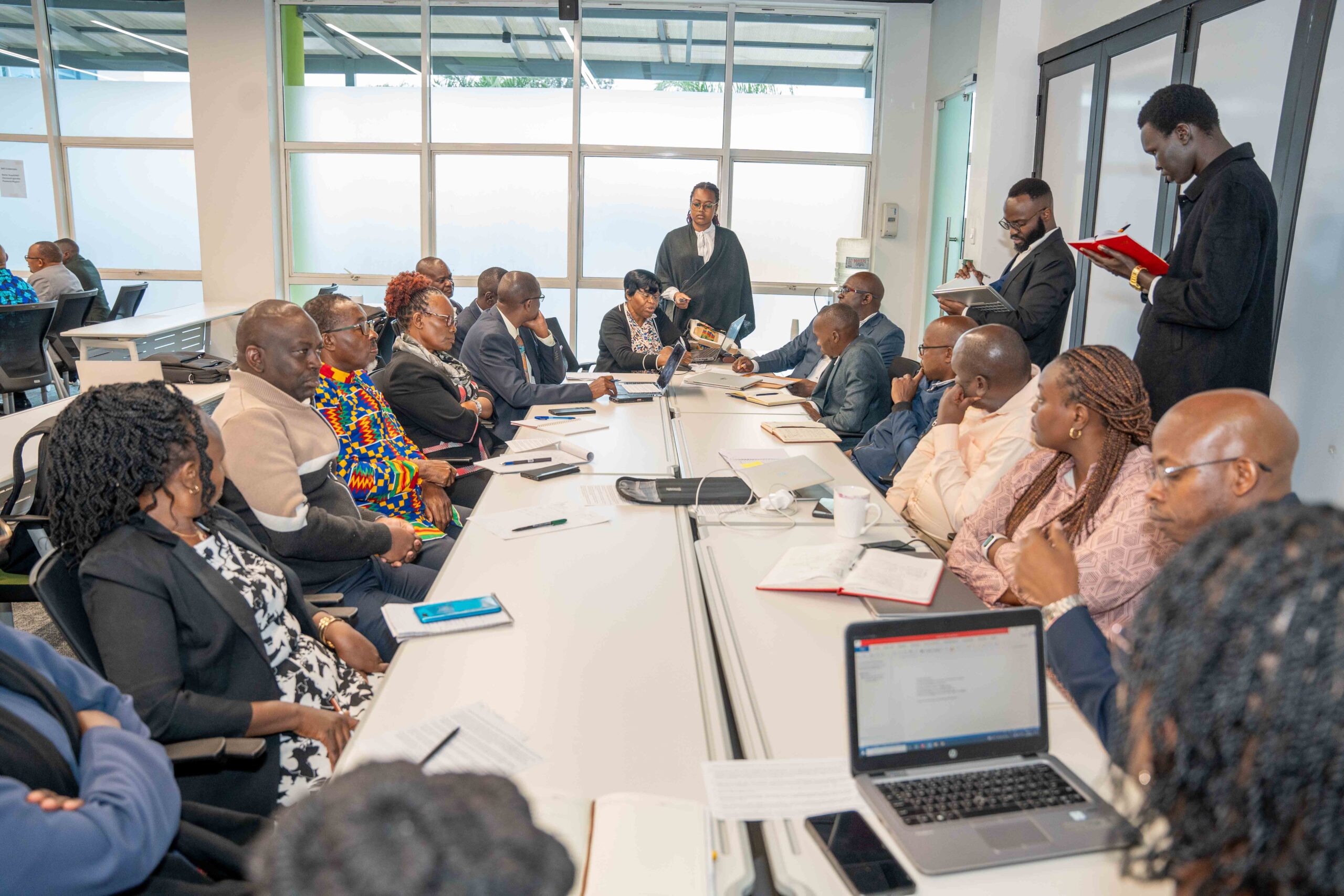The world is in a race to meet global net zero targets by 2050. The realisation of the multi-level actions required to achieve this transition is leading to the exploration of innovative, tech-based approaches to climate action, to complement traditional emission reduction approaches.
At COP28 taking place in the United Arab Emirates, one of the guiding themes is the role of technology and innovation to drive a step-change in the deployment of climate solutions to keep the world on the 1.5℃ trajectory.
Africa is no stranger to innovation, and while the continent tends to feature as a climate change victim, there are a wealth of solutions and opportunities resident to effectively contribute to addressing climate change on a global scale.
The opportunity for Africa in carbon dioxide removal
According to the Intergovernmental Panel on Climate Change (IPCC), the deployment of carbon dioxide removals is necessary to achieve global targets of net zero greenhouse gas emissions (GHG).
Carbon dioxide removal (CDR) refers to technologies, practices and approaches that remove and durably store carbon dioxide from the atmosphere. The necessity of carbon dioxide removal presents an array of opportunities for Africa.
IPCC scenarios indicate that we will need to remove up to 15 billion tonnes of CO2 every year by 2050 – this is against current removals that stand at 5 million tonnes a year, primarily through nature-based removals (mainly forests). While nature-based solutions are a key part of the equation, we will need to complement them with more technological CDR innovations that reduce the pressure on land use and offer permanent removals.
Carbon dioxide removal processes differ in terms of costs, technological inputs, timescale of carbon storage and more. Africa can explore a wide range of carbon dioxide removal methods including biochar, enhanced rock weathering and direct air capture and storage (DACS). These can provide avenues for the creation of jobs and livelihoods for African youth and national economic growth. The nascency of carbon dioxide removal means that education is required to create awareness on the economic opportunity at hand. The nascency also provides an opportunity for Africa to be at the forefront of developing an early industry rather than trying to catch up when the CDR is much more established and the barriers to entry are higher.
How Africa can leverage the opportunity in CDR
An enabling regulatory framework is required to position Africa to be a destination for high-quality carbon dioxide removal projects. This would involve an understanding of the opportunities to be availed in CDR, providing the necessary incentives to spur investments whilst putting in place sufficient guardrails to ensure benefits accrue to the host countries.
Training and capacity building is important to build an ecosystem of standards and verification facilitated by African companies and players. Not only does this further create job opportunities, but is an avenue to ensure that the quality of CDR projects being executed on the continent meet the required global standards.
Jacob’s Ladder Africa is leading the charge to empower the young people through its incubator programs and advocacy for policies that support climate change workforce readiness. We anticipate that these efforts will provide the requisite talent for CDR companies and also lead to the development of African-grown CDR companies.







